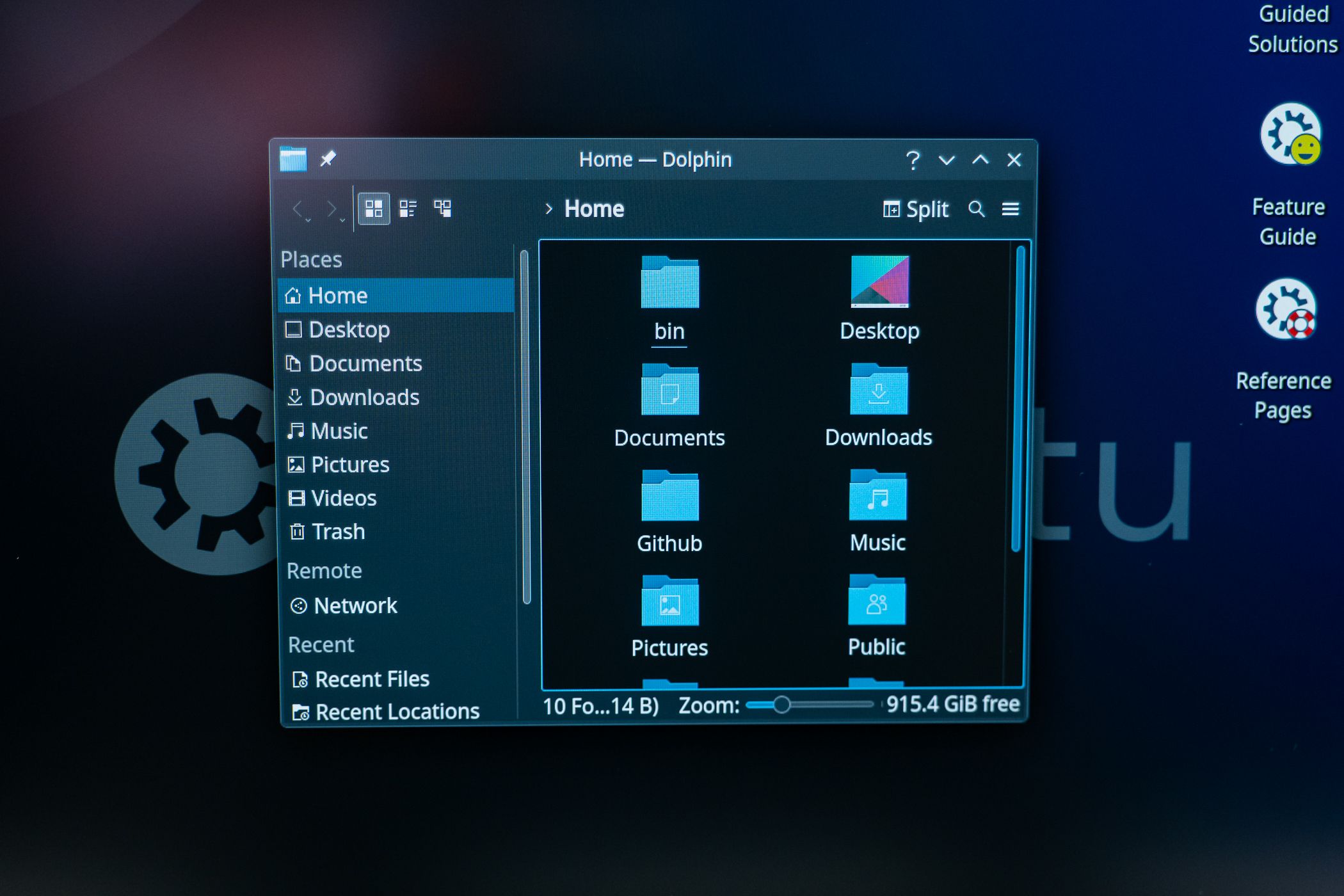- Mar 1, 2024
- 1,110
Linux allows you to create symbolic links, or symlinks, that point to another file or folder on your machine. The best way to do this is with the ln terminal command—though there are some graphical file managers that can create symbolic links too.
Key Takeaways
- Use the ln command with the -s flag in the terminal to create symbolic links, such as "ln -s /home/name/Downloads /home/name/Desktop".
- In Ubuntu's Files app, copy a file or folder and then hit Ctrl+M in the directory you want the symlink to create it without use of the terminal.
- Symbolic links are advanced shortcuts in Linux, allowing files to appear in multiple locations with only one copy.

How to Create and Use Symbolic Links (aka Symlinks) on Linux
Let's get symbologic.
